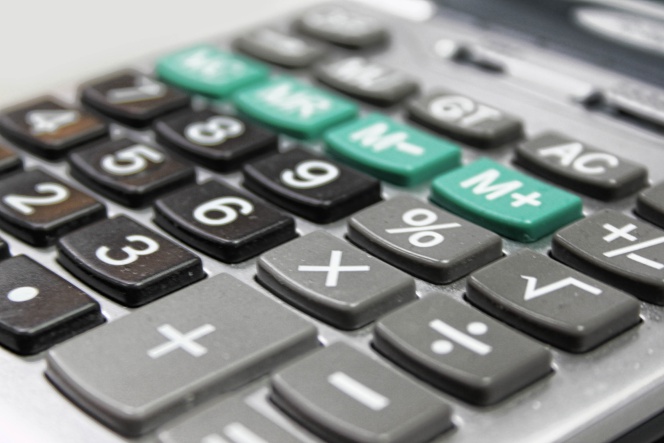Measuring for Success: 3 Metrics for Tracking Hotel Performance in 2021
It has been very difficult for the hotel sector to maintain stable control of its income, due to the unstable situation in all countries caused by covid-19.
However, step by step the tourism sector has been regaining strength and this article does seeks is to be able to show hoteliers tools that can help better manage and control their income to keep regaining more and more strength.
Getting knowledge from diverse published article on the hotel technology news web portals we want to summary and show hoteliers 3 metrics that they can implement to measure performance of their accommodations in these changing times.
For most of 2020, Revenue managers have struggled with ever-changing regulations that affect travel trends, making it impossible to forecast revenue. Hotels should explore ways to boost TRevPAR along with reducing labor or operating costs and other overheads, which positively influence NOI and GOPPAR. This can be difficult to achieve, but tough times call for extraordinary measures. That’s why we give you this information.
Thus, studies shows us the following 3 key metrics and tools with which you can evaluate the productivity of your business, here we reproduce them:
The operating margin
Net operating income is the income generated by a hotel minus its operating expenses, or the money a hotel has earned after all operating expenses.
This is a crucial KPI for hotel owners and investors when evaluating a property. In addition to this, hotels rely on this markup / cushion to help them get through tough times. With revenue streams dwindling, this cushion is acting as a savior for many hotels, and those with more money in the bank are undoubtedly more comfortable in the current situation.
Hotels that don’t will have to work doubly hard to drive this KPI in the coming months to ensure their own survival, focusing on maximizing profits from the small recovery they are seeing now. Whenever we see a pickup in demand, this focus on boosting the NOI will pay off.
Net operating income as a KPI is difficult to directly impact as it is determined by all the other KPIs together and their interconnection.
Having a big impact on this KPI will require all hotel departments to work closely together. Revenue managers should drive this KPI in collaboration with other department heads to ensure the profitability and survival of their hotels. Revenue managers can modify other KPI levers to drive TRevPAR and lower cost metrics, without impacting quality of service or guest experience. Yes, there will be fixed costs that you can’t affect in the short term, but you can certainly optimize for variable costs in the short term.
However, revenue managers need to be careful when using other levers like ADR to affect revenue metrics as this will have an upward impact on other KPI levers like occupancy rates. The best way forward is to start by determining a minimum profit goal for the hotel. This will help you set targets for other interconnected KPIs, for example, GOPPAR, TRevPAR, RevPAR, ADR, occupancy, and sentiment scores on TripAdvisor / other review sites.
GOPPAR
GOPPAR stands for Gross Operating Profit per Available Room. If hoteliers want to use a single metric to guide their efforts during this period, it must be profit oriented. GOPPAR can help hoteliers see their performance at a high level. GOPPAR shows how income and expenses are distributed by team and cascading to the bottom line. GOPPAR can also help shed light on inefficiencies that get in the way of achieving a hotel’s profit goals.
GOPPAR can increase if we focus on using all the options available to us. For example, one can intelligently adjust ADR rates to take advantage of occupancy rates and drive the highest possible TRevPAR with a given occupancy and with minimal expenses.
Lowering rates to increase occupancy in the short term will generate more revenue, but in the medium term you may lose profit if you are not driving that extra TRevPAR. It is important to note that you may have a fixed minimum cost to service each room / guest. Here, for example, you can incentivize guests to cut expenses on your behalf. You can offer them a free gift to help you reduce operating expenses, namely Oaky’s Save the Planet deal, which excludes guests from doing unnecessary laundry. Our clients who offer this and other similar services reduce their costs by an average of € 15 / request.
TrevPAR:Total revenue per available room
The TRevPAR KPI refers to total revenue per available room. Now more than ever, hotels must encourage these guests to open their wallets and spend on the few ancillary services they can offer. Finally, to make things more difficult for hoteliers and revenue managers, the behavior and expectations of travelers “after the lockdown” have changed. They want to make the most of what they now recognize as their limited freedom and crave creative experience offerings and services. As a result of this, revenue managers now have to think creatively and maximize profits.
RevPAR has always been that key North Star metric that hotels have compared and organized their activities against. However, RevPAR is just a small revenue metric in the bigger picture of maximizing revenue and profit. RevPAR is more appropriate if you are just looking to monitor the performance of the Room Divisions team and the entire revenue generating team.
We as an industry need to regroup and review how we align our activities to avoid leaving cash on the counter and creating silos within your organization. Why not tag all teams that can generate income as income generators and give them the opportunity to proactively contribute to the income potential of the hotel.
Enter TRevPAR. TRevPar is a comprehensive KPI because it observes and invites to generate income from all departments, effectively generating greater total income for the hotel. A smart revenue manager who recognizes the hotel’s true revenue potential can ask each department how they can help drive TRevPAR. Ideas these departments can update and provide value to include things like an attractive booking package or a smart (in-person / digital) upsell strategy. A revenue manager who doesn’t collaborate with other teams and only cares about advancing RevPar is missing out on the inherent benefits of collaboration.
When thinking about driving TrevPar, first think about what your NOI goals are. Then focus on generating more income from food and beverage, parking, ancillary services, spa services, whatever activity guests can spend on, and not just room upgrades! For example, if a guest has booked their most expensive suite room, how can you attract this high-end traveler to spend even more? For a mid-tier spender, can you combine these services with a room upgrade, removing two KPIs from a single stone?
If you are a tourist accommodation or hotel owner and you don’t use Chekin yet. Here is the solution to save 80% of your time and earn more with every booking.






